Knowledgebase
Kingshay's Knowledgebase - Feeding
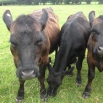
Copper deficiency is a common problem where dietary intake is insufficient to meet the cow's metabolic requirement or where mineral antagonists levels are in excess. Wher...
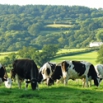
Copper is essential to animal health for a number of metabolic functions including growth, production and fertility. Copper levels in grass and forages are determined by ...
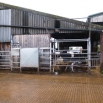
Cow grouping is a useful management tool, particularly in larger herds, which allows the requirements of each individual cow to be more easily met. Deciding if your he...
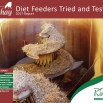
A diet feeder needs to suit your system and perform well for many years. With a wide range of manufacturers and models to choose from, it is a good idea to demo machine...
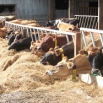
A displaced abomasum or "twisted stomach" is associated with freshly calved cows or as a secondary event when another condition has caused reduced feed intake. Displa...
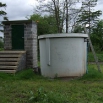
Having more efficient water use and minimising waste will reduce the cost of milk production. On average, a dairy farm will use 5 litres of water for every litre of milk...
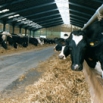
Energy is the key nutrient to aid good health, fertility and performance. Low energy intake is the major nutritional factor linked to dairy cow feeding problems. Getting ...
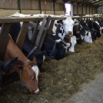
Dirty feed troughs containing spoiled feed will reduce intakes, increase wastage and put animals at risk of disease. Clean troughs can improve daily dry matter intakes by...
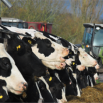
With feed costs rising significantly month on month, the instinct is to do something drastic and change feed type or feed rates. However, this may have a negative impact ...
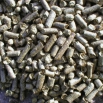
To improve feed efficiency at grass, fibre supplementation should be considered.
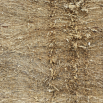
Balancing diets is not just about ensuring you provide the correct energy, protein, starch, etc. Minerals are essential for health, fertility and production. With forage ...
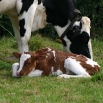
The post-calving period is a difficult time for a cow who has to recover from the stress of calving, fight off disease and infection and produce milk. Having an effective...
